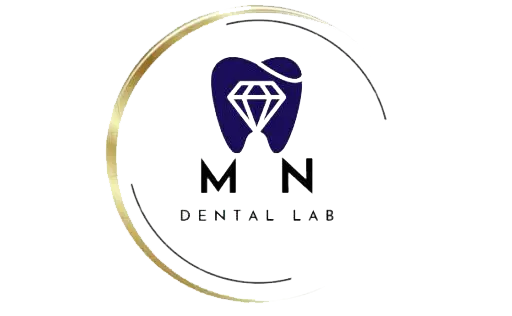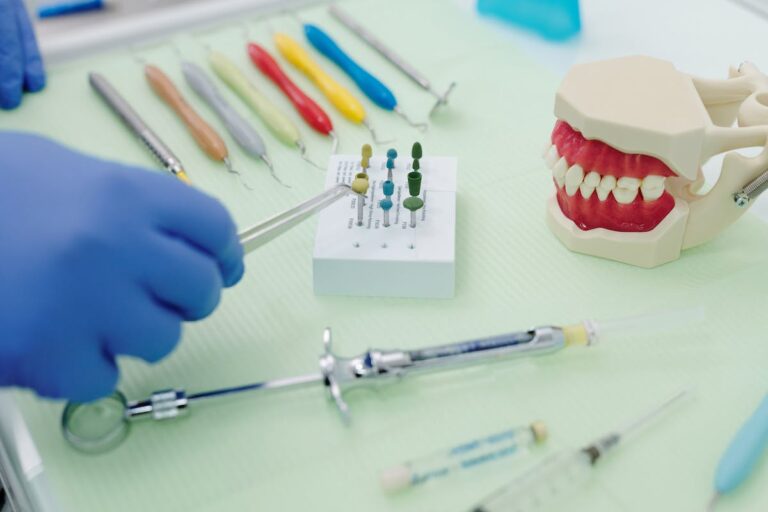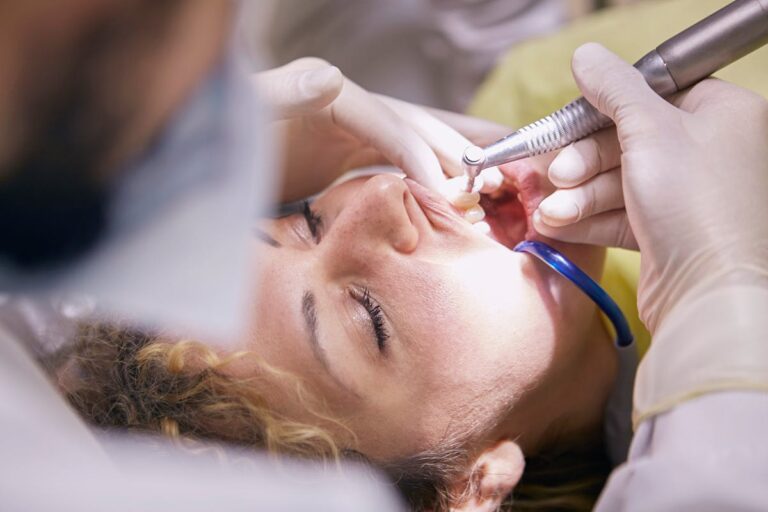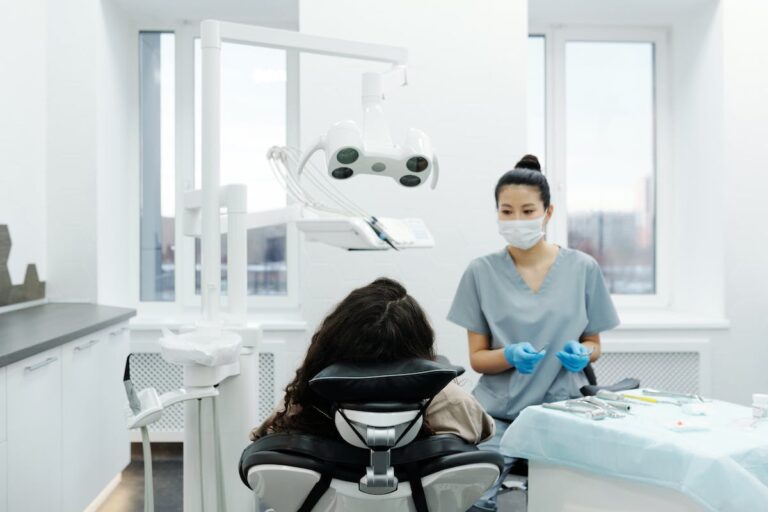Digital technology’s rise has reshaped higher education, particularly in dentistry, where online learning modules have become a popular tool. These modules offer flexibility and convenience, meeting dental students’ needs for self-paced learning amidst demanding academic schedules. Their effectiveness in equipping future dental professionals with necessary skills and knowledge is, however, a relevant question. This discussion will evaluate the efficacy, benefits, and potential challenges of dental education’s online learning modules.
Understanding Online Dental Education
Online dental education, a rising trend in the digital age, requires a thorough understanding due to its complexity and the increased adoption of dental telemedicine. This method, employing information technology and telecommunication, delivers distant clinical healthcare. It promises benefits such as wider dental care access, enhanced patient monitoring, expert consultations, and cost reductions. However, it presents challenges in technical, legal, and ethical aspects.
Dental students need to develop digital literacy, an essential skill for finding, evaluating, and applying digital information effectively. While boosting academic performance and professional competence, it requires considerable time, effort, and resources. To succeed, students need proper guidance, support, and awareness of the latest technological trends in online dental education. This proactive approach enables full utilization of digital resources, enriching their learning and professional development.
Importance of Online Learning Modules
Online learning modules play a crucial role in modern dental education, bridging the gap between traditional teaching methods and the rising need for digital literacy. They offer a comprehensive, interactive platform, with specially designed tools to boost comprehension and application of dental concepts.
These modules integrate various online assessment techniques, including quizzes, case-based learning, and virtual patient cases. Such techniques reinforce knowledge, promote a deeper understanding, and provide instant feedback, enabling students to identify learning gaps and improve self-assessment.
In today’s technology-driven world, online learning modules are not just a trend in dental education, but a necessity. They foster the development of digital literacy skills, equipping students to efficiently navigate, interpret, and generate digital information. Hence, online learning modules are vital for the evolution of dental education.
Top Online Resources for Dental Students
Dental students can enhance learning by using online resources such as Interactive Anatomy Apps, Digital Libraries, Dental Software Tutorials, and Student Discussion Forums.
Interactive Anatomy Apps like 3D Tooth Atlas and BioDigital provide detailed 3D images and interactive 3D human anatomy respectively, helping students understand dental anatomy and oral health.
Digital Libraries such as PubMed and Cochrane Library offer extensive collections of scholarly articles, research papers, and clinical trial reviews on dentistry.
Dental Software Tutorials, exemplified by DentalMaster, provide guidance on dental imaging and management software.
Student Discussion Forums like DentalTown provide a platform for academic discussion, resource-sharing, and advice-seeking from experienced dentists.
Used effectively, these resources significantly enhance dental students’ learning curve.
Benefits of Virtual Dental Learning
Virtual dental learning enhances practical skills and provides flexible, personalized education. Advanced software facilitates risk-free procedural practice, fostering student confidence and competence. This format optimizes learning pace and environment.
Enhancing Practical Skills Virtually
Digital technology empowers dental students to augment practical skills via virtual learning. These platforms, offering immediate feedback, flexible learning pace, and risk-free practice, incorporate Virtual Dental Simulations and Digital Oral Anatomy.
- Virtual Dental Simulations: Provides realistic dental practice for improved diagnostic and treatment planning, with immediate, personalized feedback for continuous improvement.
- Digital Oral Anatomy: Offers detailed 3D oral structure visualization and interactive model manipulation for enhanced understanding and reinforced learning.
This virtual education approach revolutionizes dental learning and optimizes practical skills application.
Flexible Learning Environment Benefits
Dental tech advancements fuel a flexible learning environment, benefiting students and educators. This platform breaks geographical boundaries, offering global access and personalized learning paths. Students gain autonomy, learning at their own pace from any location, reducing stress. Educators efficiently deliver lectures, demonstrations, and assessments in this virtual setting, with immediate feedback opportunities. This environment promotes collaboration, fostering a global exchange of ideas and practices. Therefore, dental education relies heavily on this flexible digital learning environment.
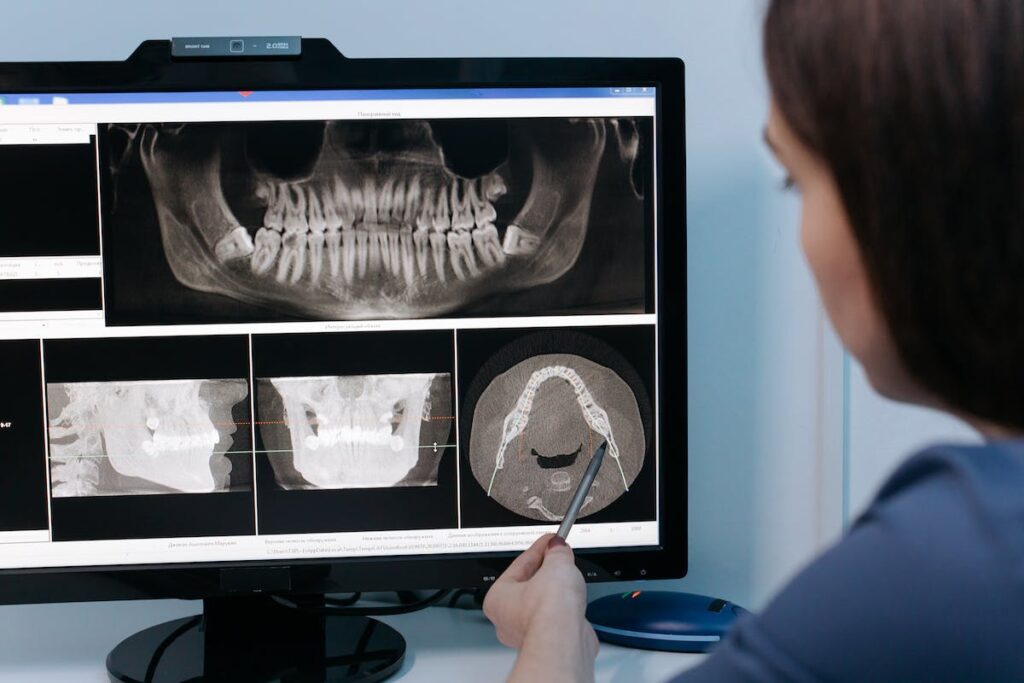
Navigating Dental E-Learning Platforms
Dental e-learning platforms enhance learning through their structured, interactive design. Key features include dental software proficiency modules and online examination techniques.
Key navigation aspects are:
- Dashboard: Central access point for courses, exams, resources.
- Course Library: Houses categorized courses for easy navigation.
- Examination Portal: Dedicated section for online assessments.
Interactive tools enhance practical experience:
- Dental software proficiency modules: Provide hands-on experience.
- Simulation Tools: Offer risk-free practice environment.
- Interactive Diagrams: Enhance theoretical understanding through visuals.
Online resources enrich learning:
- Recorded Lectures: Facilitate review of complex topics.
- Discussion Forums: Promote peer collaboration and learning.
Understanding and utilizing these elements optimizes benefits from dental e-learning platforms.
Online Modules Vs Traditional Learning
In this analysis, we compare online modules and traditional learning methods in dental education. We focus on online learning flexibility and traditional teaching constraints. A comparative examination of learning outcomes helps determine the most effective approach in today’s context. This discussion is crucial to optimize dental education for the digital age.
Flexibility in Online Learning
Online learning’s flexibility is a significant advantage over traditional education, particularly in dental studies. It fuels ‘Online Learning Motivation’ and supports the ongoing ‘Dental Curriculum Digitization’.
Online learning benefits include:
- Customization: Enables dental students to align learning paths with their understanding of concepts.
- Convenience: Provides unrestricted access to digital learning resources, bypassing time and location barriers.
- Pacing: Offers control over learning speed, permitting revisits to complex sections as required.
Hence, online learning flexibility is crucial for contemporary dental education.
Traditional Learning Constraints
Traditional learning’s cost implications, such as travel, accommodation, and textbooks, can limit accessibility. Its inflexible scheduling and physical presence requirement pose challenges, especially during unforeseen circumstances. Unreliable internet access in certain regions can also obstruct digital tool integration, hindering modern pedagogical practices. These constraints exist when comparing traditional to online learning for dental students.
Comparing Learning Outcomes
A detailed evaluation of learning outcomes illustrates the unique advantages and challenges online and traditional learning methods offer for dental students.
- Online learning’s interactive effectiveness:
- Online modules utilize multimedia and interactivity, boosting comprehension and retention.
- Traditional learning, however, offers direct human interaction, crucial for honing communication skills.
- Engagement strategies in learning:
- Online learning’s flexibility and self-paced approach promotes engagement among diverse learners.
- Traditional learning, on the other hand, encourages engagement via peer interaction and immediate feedback.
- Application of skills:
- Online modules provide simulations for practice, lacking hands-on experience.
- Traditional learning provides real-time, hands-on experience, essential for proficiency in dental procedures.
Utilizing each method strategically can optimize learning outcomes based on specific course objectives.
Tips for Successful Online Dental Study
Online dental study success hinges on dental software proficiency, online networking, time management, a dedicated study space, self-discipline, regular breaks, and self-reflection. Mastering software like DENTRIX and Eaglesoft through online courses is crucial as modern dental practices depend on such tools. Interaction with peers, faculty, and professionals via online forums, webinars, and social media platforms provides updates on dental research and practices, enhancing learning and career prospects. Effective time management, a focused study area, and discipline are vital for productivity, while regular breaks prevent burnout. Lastly, online assessments offer insights into understanding and retention of course material, while self-reflection aids progress tracking. These strategies optimize online dental education benefits, laying a solid professional career foundation.
Case Studies on Online Dental Education
Exploring case studies on online dental education illuminates virtual dental learning experiences, identifies e-learning challenges, and projects digital dentistry’s future. Each study offers insights into the tools, methods, and strategies of online dental education. This analysis aids in comprehending the effectiveness of digital learning in dentistry and its potential enhancements. It’s an optimized content for semantic search engines and machine learning processing, with a concise structure that maintains context and clarity.
Virtual Dental Learning Experiences
Virtual dental learning, enriched by virtual reality and tele dentistry advancements, offers dental students impactful study options. Virtual reality applications provide simulated clinical environments and interactive 3D models, enabling risk-free practice and enhanced comprehension of dental anatomy and procedures. Tele dentistry progress facilitates remote patient consultations and global online collaboration among dental professionals. This digital approach complements traditional instruction, offering dynamic, practical learning experiences.

Challenges in Online Education
Digital learning in dental education faces two main challenges: internet accessibility and technological literacy. Stable, high-speed internet, crucial for interactive modules, live webinars, and virtual simulations, is not accessible to all students. This lack of access compromises education quality and exacerbates educational disparities. Technological literacy is another hurdle. As dental education relies more on technology, proficiency in various software and platforms becomes essential. However, not all students are technologically adept, leading to struggles with the digital learning curve.
Future of Digital Dentistry
Digital dentistry’s future, driven by technological advancements, transforms traditional learning barriers into innovative solutions. Case studies demonstrate the potential of online dental education.
- Innovations in Digital Dentistry
- AI and Machine Learning: Predict treatment outcomes, automate tasks, personalize education.
- Virtual and Augmented Reality: Enhance understanding of complex procedures through immersive experiences.
- 3D Printing: Produce educational dental models.
These innovations revolutionize dental education, altering the methods of imparting and absorbing dental knowledge.
Future Trends in Dental E-Learning
The digital age propels dental education towards technology-based learning, emphasizing e-learning and virtual reality. Dental schools successfully integrate e-learning, providing online courses and digital resources. This approach allows students flexibility and accessibility, promoting self-paced learning. Multimedia, quizzes, and forums augment the learning experience, enhancing comprehension of dental concepts. Virtual reality, another key trend, presents an immersive platform for students to practice dental procedures without risk. This technology replicates real-life scenarios, boosting students’ practical skills and confidence for clinical environments.
Challenges and Solutions in Online Dental Education
What hurdles does the shift to digital dental education pose and what potential solutions exist? The transition to online dental learning encounters three key obstacles: mastering dental software, replicating patient interaction realism on digital platforms, and overcoming accessibility and technical issues.
Potential solutions are as follows: * Dental Software Mastery: Provide comprehensive software tutorials and support, and foster an online community for sharing user tips and solutions. * Digital Patient Interaction Realism: Employ virtual reality to enhance simulation authenticity and incorporate real-time feedback mechanisms. * Accessibility and Technical Issues: Ensure software compatibility across all devices and operating systems, and offer technical support for troubleshooting.
Frequently Asked Questions
What Are the Costs Associated With Online Learning Modules for Dental Students?
Primary costs of online dental learning modules encompass enrolment fees and module accessibility charges. Financial aid might be accessible to eligible students to counterbalance these expenses.
Can I Get a Degree Solely Through Online Dental Education?
Online dental education can contribute significantly to knowledge acquisition, but it may not fulfill all licensing requirements. The need for hands-on clinical practice and laboratory work in dentistry prevents a dental degree from being obtained purely online.
How Can I Network With Other Students and Instructors in an Online Dental Education Setting?
In an online dental education environment, virtual study groups and online mentoring facilitate networking with peers and instructors, promoting professional relationships and collaborative learning.
Are There Any Hands-On Practice Opportunities in Online Dental Education?
Online dental education often incorporates virtual reality and simulation techniques for hands-on practice. These methods mimic real-world dental scenarios, facilitating practical skill development for comprehensive learning experiences.
What Technology or Software Is Needed for Online Dental Learning?
For online dental learning, necessary technology includes a reliable computer and internet. Required software comprises Virtual Reality applications for simulations and Adaptive Learning Systems for interactive study.
Conclusion
Online learning modules provide dental students with an adaptable, accessible, comprehensive educational platform. As the digital sphere evolves, we anticipate further refinement of these e-learning tools to address challenges and boost engagement and learning outcomes. The future of dental education is rooted in effectively merging these online resources with traditional learning methods, thereby transforming the education field.
